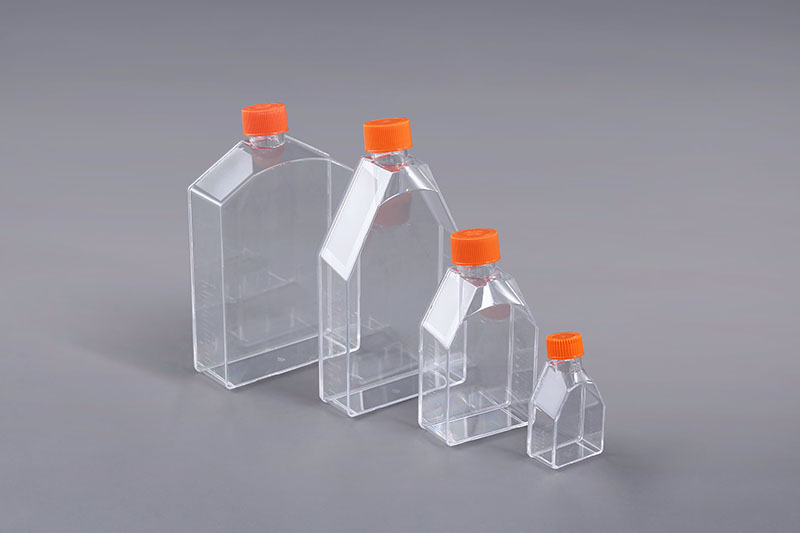은 세포 배양에 일반적으로 사용되는 소모품 중 하나로 세포의 성장과 번식에 중요한 역할을 합니다. 현재 시장에 나와 있는 세포 배양 병은 주로 유리 또는 플라스틱 재료로 만들어집니다. 이러한 종류의 소모품은 일반 의료용 플라스틱 병과 다르며 가격이 비교적 높습니다. 이런 종류의 병을 재사용 할 수 있습니까?유리 세포 배양 플라스크를 사용하는 경우 깨끗한 물에 30분 이상 담그고 세제를 약간 넣고 초음파로 30분 이상 씻을 수 있습니다. 30분 후 떼어내어 건조 후 크롬산 로션에 6~18시간 담근 후 수돗물로 10~15회 헹구고 이중증류수로 3~4회 헹구고 건조 후 오토클레이브하여 다시 사용하십시오.cell culture flasks
현재 세포 배양 플라스크의 대부분은 플라스틱 재질로 되어 있으며 대부분이 일회용이며 최대 몇 세대의 세포를 통과시킬 수 있습니다. 그러나 세포는 환경에 더 민감합니다. 너무 많이 재사용하면 세포 성장에 의해 분비되는 물질과 죽은 세포의 잔류 물질이 병에 남아 새로운 세포의 성장에 영향을 미칩니다. 또한 세포 배양 플라스크에는 세포 접착 및 성장을 촉진하는 요소가 있습니다. 더 많은 구절과 함께 이러한 요인은 천천히 성장할 것입니다. 따라서 세포 성장 상태에 따라 다릅니다. 일반적으로 2~3세대가 좋습니다. 3 생성 후 교체를 권장합니다.
전체적으로 잘 자라기 위해
는 재사용을 권장하지 않습니다. 세포 배양에 사용되는 배양액 및 혈청에 비해 소모품 비용은 말할 것도 없습니다. 물론 세포가 정상적으로 번식할 수 있는지 여부는 새 세포 배양 병과 오래된 세포 배양 병뿐만 아니라 무균 작업에주의를 기울이는지 여부에 달려 있습니다. 작동 과정이 부적절하면 최상의 병이라도 세포 성장에 영향을 미칩니다.cell culture flasks세포 배양 플라스크
The FAI climbed 5.9 percent year-on-year in the first 11 months of 2018, quickening from the 5.7-percent growth in Jan-Oct, the National Bureau of Statistics (NBS) said Friday in an online statement.
The key indicator of investment, dubbed a major growth driver, hit the bottom in August and has since started to rebound steadily.
In the face of emerging economic challenges home and abroad, China has stepped up efforts to stabilize investment, in particular rolling out measures to motivate private investors and channel funds into infrastructure.
Friday's data showed private investment, accounting for more than 60 percent of the total FAI, expanded by a brisk 8.7 percent.
NBS spokesperson Mao Shengyong said funds into weak economic links registered rapid increases as investment in environmental protection and agriculture jumped 42 percent and 12.5 percent respectively, much faster than the average.
In breakdown, investment in high-tech and equipment manufacturing remained vigorous with 16.1-percent and 11.6-percent increases respectively in the first 11 months. Infrastructure investment gained 3.7 percent, staying flat. Investment in property development rose 9.7 percent, also unchanged.
 English
English



















































